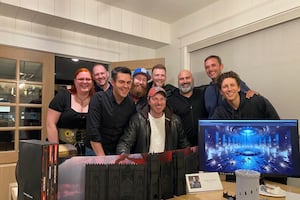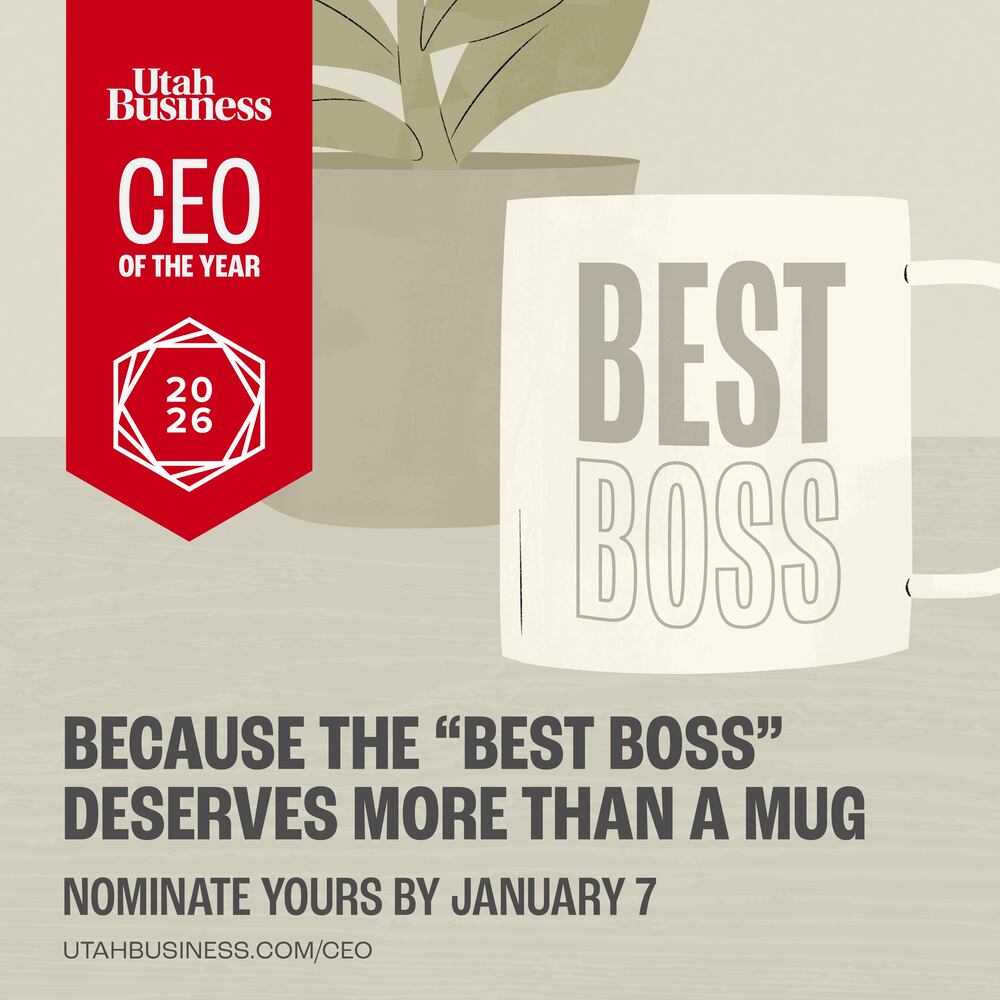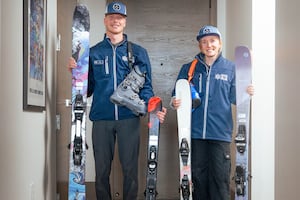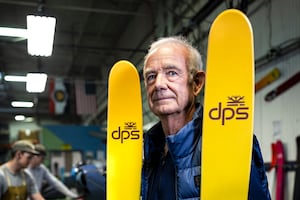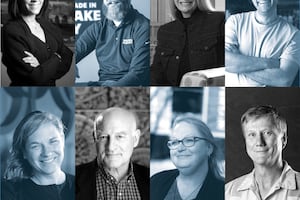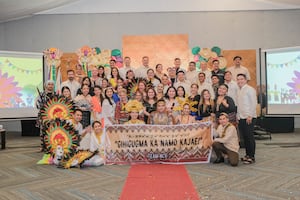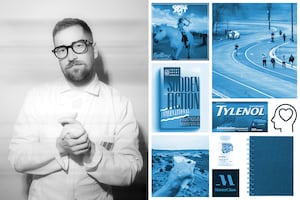Featured Stories
Despite higher interest from minority groups, an entrepreneurship gap persists. Community networks, not just capital, may be the missing piece to the startup puzzle.
Industry leaders share insights on achieving M&A success in the new year, emphasizing the importance of preparation and strategic partnerships in a promising market.
A Q&A with Savory Fund’s new CEO, Clay Dover, and managing director Shauna Smith.
Explore how new dimensions in networking are expanded through Dungeons & Dragons as a catalyst for tech community growth.
Every CEO thinks they want innovators on their team to bring on lasting change. But it’s not moonshot innovation that makes a difference — it’s improving 1 percent every day.
From a small Salt Lake City lab to a worldwide authority in medical device and pharmaceutical testing, Nelson Labs’ 40-year journey shows how one Utah company quietly helps protect patients around the globe.
Utah companies that prioritize flexibility and trust are better positioned for long-term growth.
By granting fathers the leave they deserve, we can bridge the gender gap in leadership and build stronger families and workplaces.
Deal values rebounded to $1.86 billion in 2025 as investors shifted toward larger, later-stage rounds and signaled a future focused on AI and deep tech.
Founder Stories
How chefs Aubrey and Marco Niccoli pivoted from private catering to create a unique condiment in a sea of single-purpose spices.
How chefs Aubrey and Marco Niccoli pivoted from private catering to create a unique condiment in a sea of single-purpose spices.
From a small Salt Lake City lab to a worldwide authority in medical device and pharmaceutical testing, Nelson Labs’ 40-year journey shows how one Utah company quietly helps protect patients around the globe.
With Spylt, Josh Mendenhall’s caffeinated chocolate milk company, he’s on a quest to get more cans in hands.
The white-glove ski delivery service brings everything you need for your ski trip to your doorstep.
DPS remains one of America’s last premium ski manufacturers. The loyalty of its cult following continues to buck convention 20 years later.
How national policy decisions, market conditions and macroeconomic trends intersect with Utah’s economy.
Utah Business proudly presents this year’s cohort of Leaders of the Year, an annual editor’s choice award.
With Spylt, Josh Mendenhall’s caffeinated chocolate milk company, he’s on a quest to get more cans in hands.
Home to the world’s largest certified passive house, Utah positions itself as a leader in passive homebuilding. The environmental and respiratory benefits of this type of development may be perfectly tailored to the state’s unique needs.
Top staffing firms like Kajae, CoDev and Bloom connect international talent with U.S. roles, aiming to create a win-win for companies and communities alike.
The essentials the head of agency creative uses to inspire standout storytelling and creativity.









